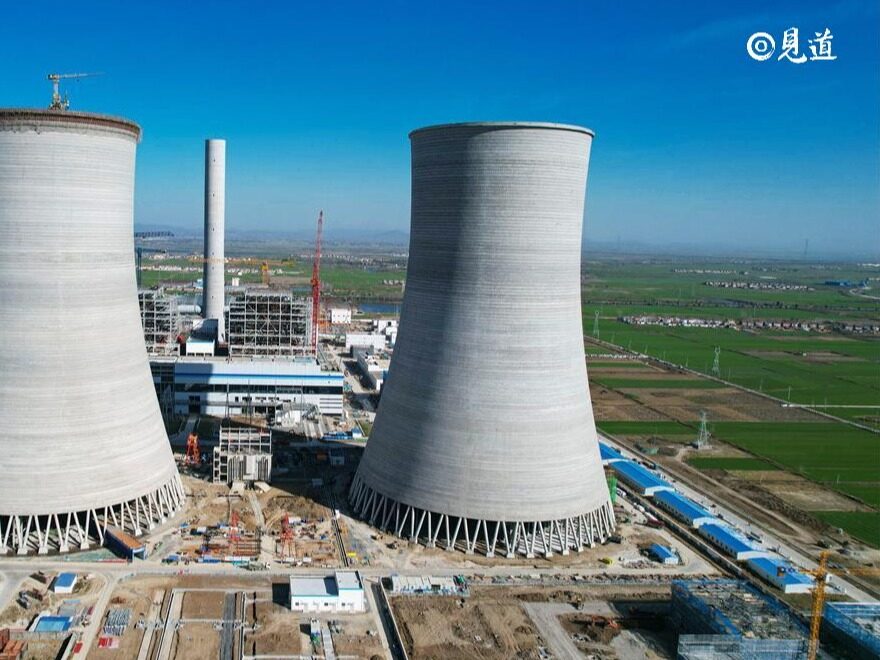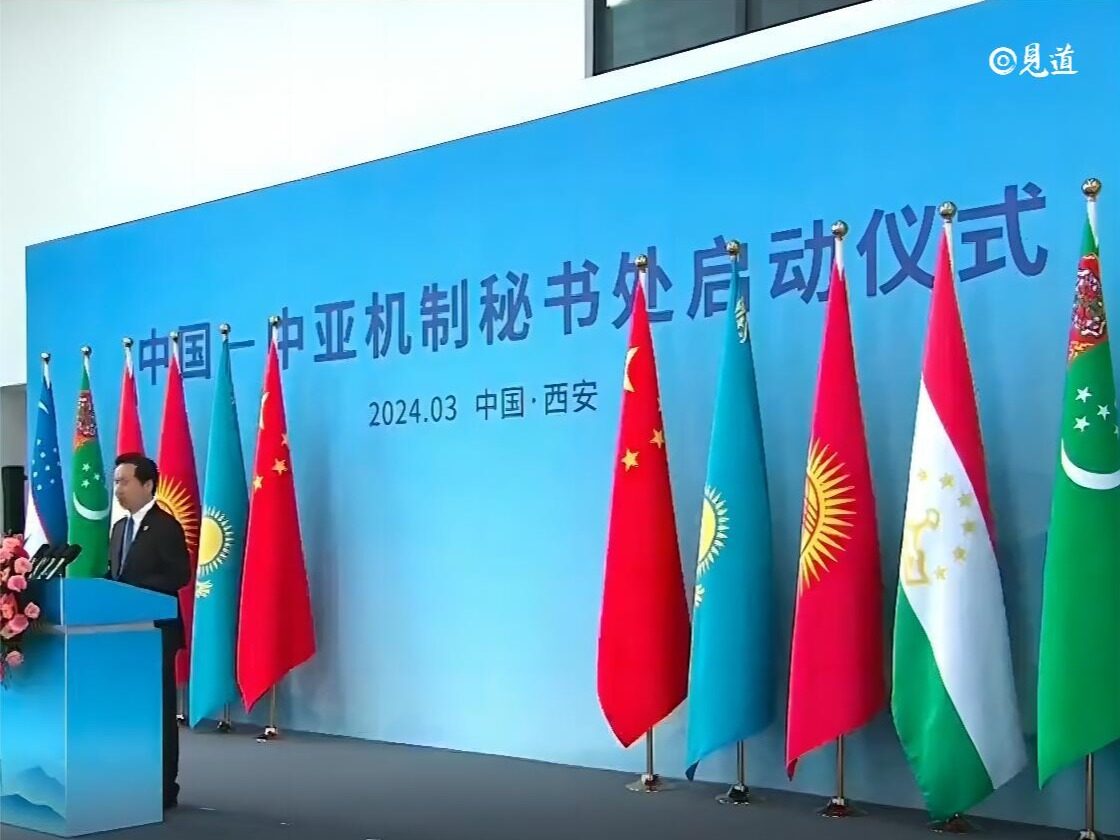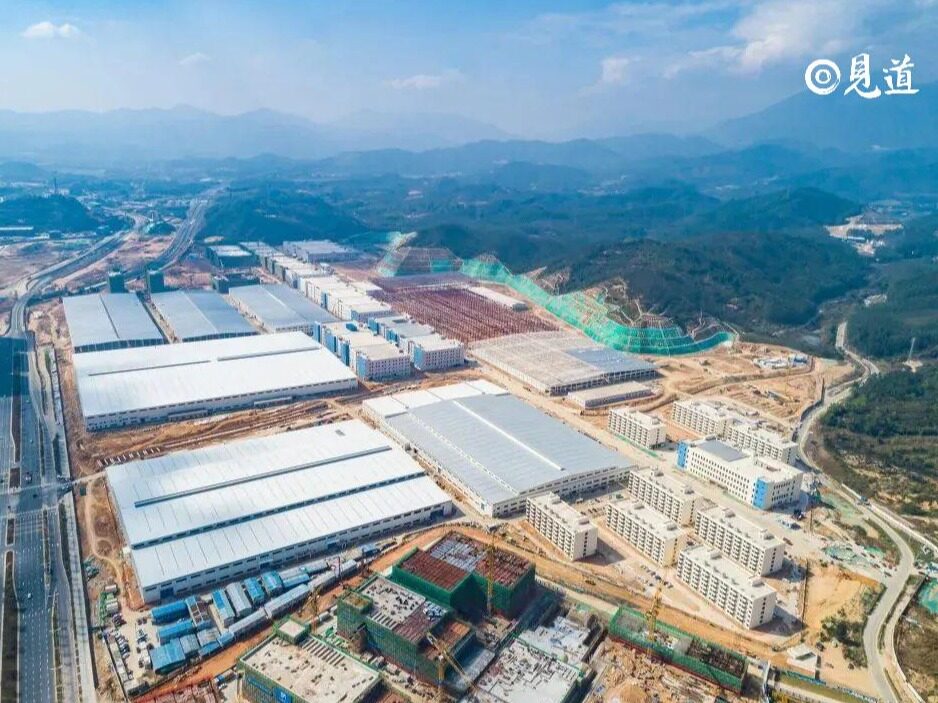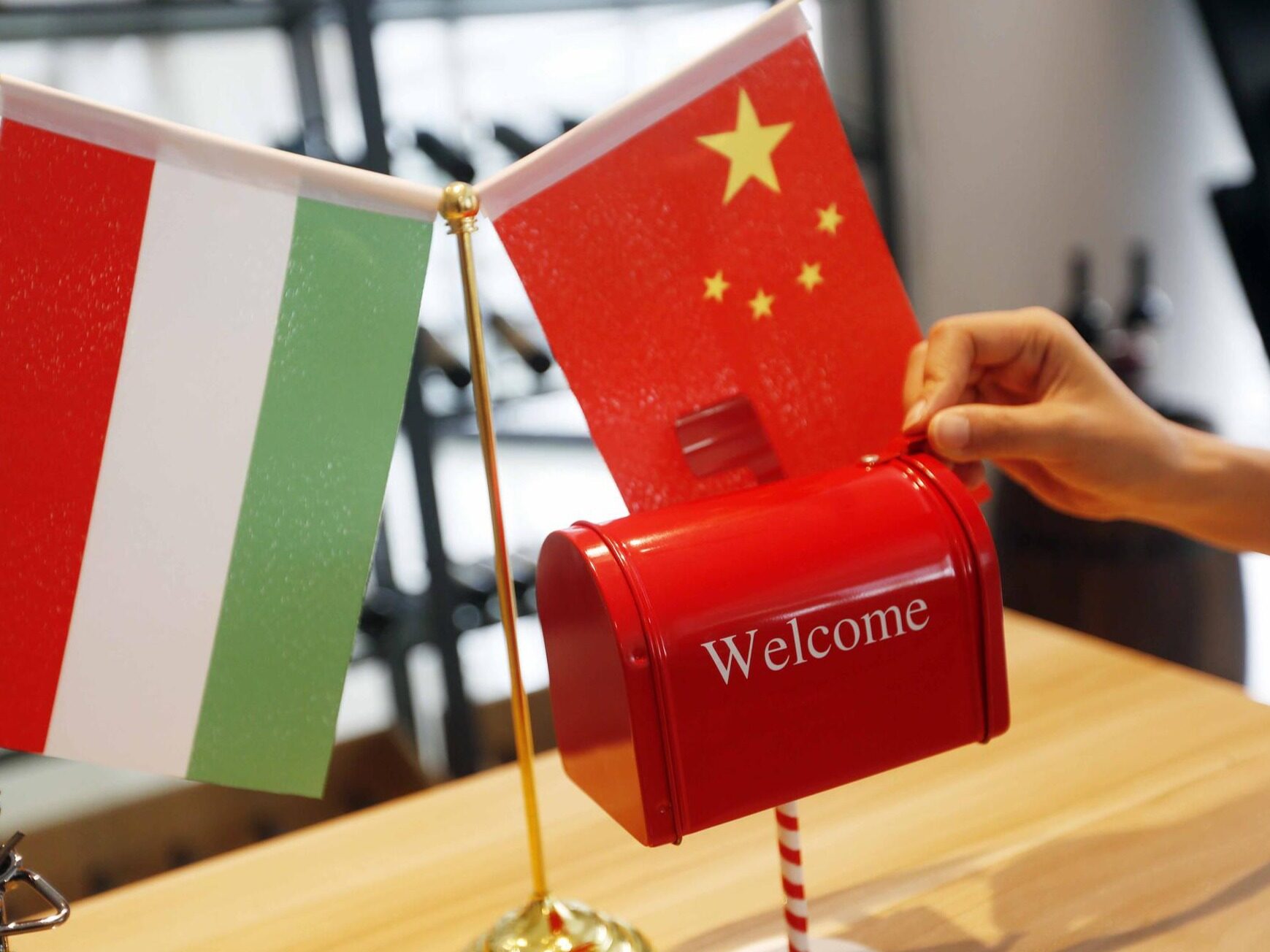- With the blessing of the dual-carbon track, the energy storage market will also usher in its own bright moments

Carbon neutrality and carbon emission reduction have become a global consensus, leading and accelerating the energy revolution, and the global energy transition is imminent. In recent years, in the process of replacing fossil energy with new energy, the energy storage market has ushered in explosive growth. Super-large energy storage projects have also appeared one after another at home and abroad, and many companies have invested in the energy storage industry.
New energy vehicles become super charging treasures, and the energy storage industry is in full swing
Recently, on the streets of Zhengzhou, due to the disconnection and power outage caused by the flood, many citizens could not charge their mobile phones and lost contact with their families. In desperation, a number of BYD owners in Zhengzhou used the vehicle's "mobile power station" function to charge neighbors' mobile phones, power banks, desk lamps and other equipment.
Behind the outburst of BYD's new energy vehicles is the power of energy storage. The so-called energy storage mainly refers to the storage of electric energy. Energy storage equipment can also be understood as a large-scale power bank. At present, energy storage technology generally includes pumped water storage, electrochemical energy storage, heat storage and cold storage, etc.
In 2019, Tesla and Pacific Gas and Electric Corporation reached a cooperation to deploy several giant battery energy storage devices called Megapack in the Moss Landing community in the Monterey Bay area of California, USA.
The energy storage capacity of the device is very powerful. Each giant battery pack can store 3 MWh of energy a year, and enough battery packs can be connected in series to produce a super energy storage device with an energy storage of more than 1GWh. It can provide "6 hours of electricity for every household in San Francisco."
Recently, a report from the U.S. Energy Information Administration showed that the capacity of large-scale batteries in the United States has tripled in the past five years. The U.S. utility company plans to install large-scale batteries with a generating capacity of more than 10,000 megawatts in the next two years. The capacity of new batteries will be 10 times that of 2019.
Not only in the United States, many countries around the world have devoted themselves to the exploration of the energy storage industry in recent years. South Korea, India, and Japan in the Asia-Pacific region are also major markets. Although China's energy storage industry started late, it has developed rapidly in recent years. According to incomplete statistics, in the first half of 2021, the scale of new domestic new energy storage installed capacity exceeded 10GW, a year-on-year increase of over 600%. And the number of projects with larger installed scale reached 34, 8.5 times that of last year, covering 12 provinces across the country.
Chen Haisheng, Chairman of the Energy Storage Professional Committee of the China Energy Research Association: By 2030, the scale of China's energy storage market should be more than 500 billion yuan per year, or even a trillion yuan.
The energy storage market is fought, and new talents emerge in the industry chain
Under the global wave of new energy, energy storage is becoming a key part of the energy revolution. On one side, it is connected with clean energy such as "heat, electricity, and hydrogen"; on the other, it is closely related to power batteries and new energy vehicles. With the development of energy storage technology, the energy storage market has also ushered in a situation of battle among heroes.
Recently, CATL officially released the first-generation sodium-ion battery, and the lithium-sodium hybrid battery pack also made its debut at the press conference.
In fact, CATL is not the first brand to mass-produce sodium-ion batteries. As early as 2019, Zhongke Haina relied on the Institute of Physics of the Chinese Academy of Sciences to establish the first sodium-ion battery energy storage power station, and achieved mass production in September last year, with a production capacity of 300,000 units per month. This is the first company in the world to announce the mass production of sodium batteries.
Tesla recently submitted an application to the Texas Public Utilities Commission, hoping to sell electricity to users. At the same time, Tesla also encourages residents with solar panels in their homes to share electricity, and users can make money by selling excess electricity to the grid.
Recently, the Chinese battery manufacturer Yiwei Lithium Energy signed a two-year agreement with Prowes Energy Corporation of the United States, and Yiwei Lithium Energy will become the battery supplier of the Prowes battery energy storage system project.
In addition to battery manufacturers, many companies have also emerged in other links in the energy storage industry chain. As a global leader in photovoltaic inverters, Sungrow has also performed well in the energy storage market. In 2019, Sungrow has ranked first in the ranking of China's energy storage system integrators.
Another company that cannot be ignored is Huawei. Huawei has launched energy storage systems for residents and industrial parks in the second half of 2020, and will launch a large-scale commercial energy storage system in 2021.
Liu Yong, Secretary-General of the Energy Storage Application Branch of China Chemical and Physical Power Supply Industry Association: China's energy storage industry is ushering in an unprecedented situation of competition for hegemony. The future development of the energy storage market will involve competition and cooperation. Who can really conquer the market remains to be further tested by the market.
Diversified development of energy storage and new technologies continue to emerge
The most important use of energy storage is to solve the problem of time mismatch between power supply and demand, which is commonly known as peak shaving. Different energy storage technologies have their own advantages, disadvantages and application scenarios. In the development of the energy storage industry, new technologies are constantly emerging.
At present, the main operation of energy storage projects at home and abroad is still dominated by pumped storage. Data shows that as of 2020, pumped storage accounts for 89.3% of the global installed capacity of energy storage, followed by electrochemical energy storage, which accounts for up to 89.3%. 9.2%. Lithium-ion batteries are the mainstay of electrochemical energy storage, accounting for as high as 88.8%.
Professor Chen Yongchong, Institute of Electrical Engineering, Chinese Academy of Sciences: Among the current electrochemical energy storage, lithium battery energy storage has the most comprehensive cost performance. However, lithium batteries are suitable for energy storage at the minute to hour level. In the future, cross-season energy storage will also require renewable energy hydrogen production storage and other different solutions.
At present, some countries have upgraded hydrogen storage to a national strategy. Japan started research on hydrogen energy storage as early as 1994, and has mastered hydrogen fuel cell technology earlier. The U.S. Department of Energy released a hydrogen energy development plan at the end of 2020. It is estimated that by 2050, hydrogen energy will account for 14% of total U.S. energy consumption. The EU put forward a hydrogen energy development strategy in August 2020, focusing on the development of hydrogen production from renewable energy. China has also included hydrogen energy and energy storage as a forward-looking industry in the future, and will focus on development in the future.
In addition, large-scale energy storage technology represented by sodium-sulfur batteries is considered a strategic technology to support the popularization of renewable energy. The Shanghai Institute of Ceramics of the Chinese Academy of Sciences and Shanghai Electric Power Corporation have successfully developed a large-capacity sodium-sulfur energy storage battery with independent intellectual property rights, making China the second in the world to master large-capacity sodium-sulfur energy storage after Japan. The country with the core technology of single battery. In addition to sodium-sulfur batteries, vanadium batteries are also accelerating development.
Keywords: engineering news, engineering construction information, new energy news
In July 2021, the National Development and Reform Commission and the Energy Administration issued the "Guiding Opinions on Accelerating the Development of New Energy Storage", proposing to persist in the diversification of energy storage technology, and realize that vanadium batteries and other flow battery long-term energy storage technologies have entered the initial stage of commercial development . Editor/Sang Xiaomei
Comment
 Praise
Praise
 Collect
Collect
 Comment
Comment
 Search
Search














Write something~